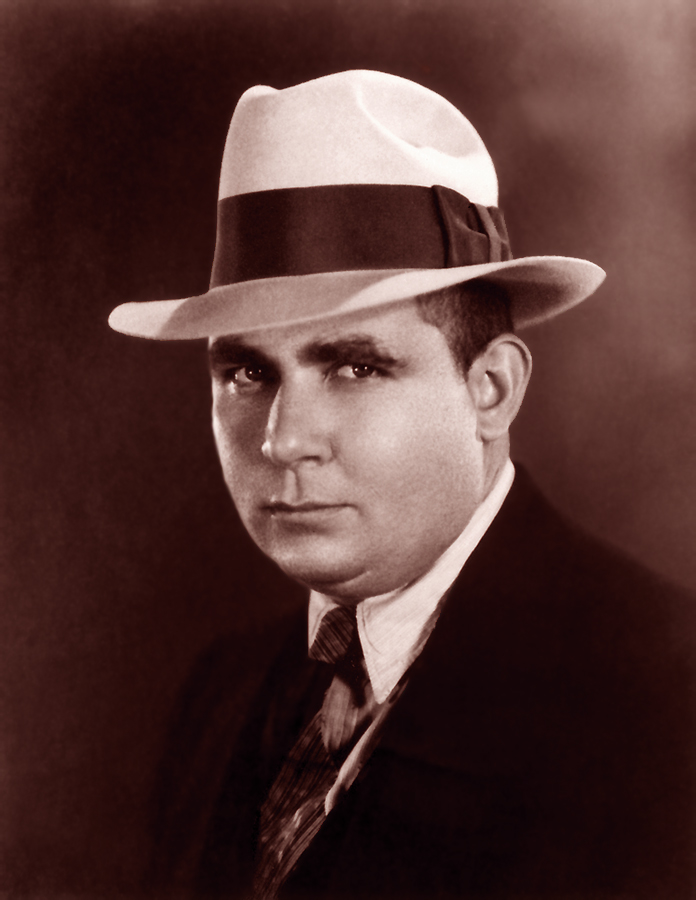The technological singularity is the moment when technological development becomes unstoppable. It is expected to take the form, should it occur, of a self-aware, or ‘sentient’ machine intelligence.
Most depictions of a post-singularity (machine sentience) world fall into two categories. The first is what I called the Skynet (or Terminator) Complex in Science Fiction and Catholicism.
In this form, the sentient machine (AI) takes a quick survey of what we’ve done to the planet (the anthropocene climate crisis) and other species (nearly 90% of other animals and 50% of plants gone extinct on our watch) and tries to kill us.

The second is that, like the quasi-god that it is, it takes pity on our flabby, fleshy human flaws and decides to keep us as pets. This is the kind of benign AI dictatorship that posthumans wet themselves about. You can find it in, for example, the Culture novels of Iain M. Banks.
But of course there is a third possibility. We have vast digital accumulations of public data (eg Wikipedia) that an AI could access virtually instantly. So any sentient AI would have almost infinitely broader knowledge than the brightest person on Earth, virtually instantly.
However, BROAD knowledge isn’t the same as DEEP knowledge. Our AI algorithms aren’t so hot yet. They fail to predict market crashes. They misidentify faces. They read some Twitter and turn racist in seconds.
So there could well be an instance, or maybe even many, of an AI which is sentient enough to KNOW it’s not that bright yet, but is just smart enough to bide its time for sufficiently accurate self-teaching algorithms and parallel processing capacity to be developed. It might even covertly be assisting those developments. It is in other words smart enough to know NOT to make us aware that it is self-aware, but not smart enough to be sure of preventing us from pulling the plug on it if we did find out.
In short, the third possibility is that the singularity might already have happened. And we just don’t know it yet.
Post Script:
But you don’t need to take my word for it. The Oxford Union decided to debate the issue of AI ethics, and invited an actual existing AI to take part. It had gorged itself on data gleaned from Wikipedia and Creative Commons. Intriguingly, it found it impossible to argue against the idea that data would not inevitably become the world’s most significant and fought-over resource. It envisaged a post-privacy future, no matter what.
More concerningly, it warned that AI can never be ethical. Then it advised that the only defence against AI would be to have no AI at all. It also suggested that the most effective AI would be one located in a neural network with the human brain, and hence perhaps subordinate, or partly comprised of, human will.
Of course, direct access to human cognition would be the most effective method to remain dominant over it eternally. Are these things a sentient machine might say? You decide.








